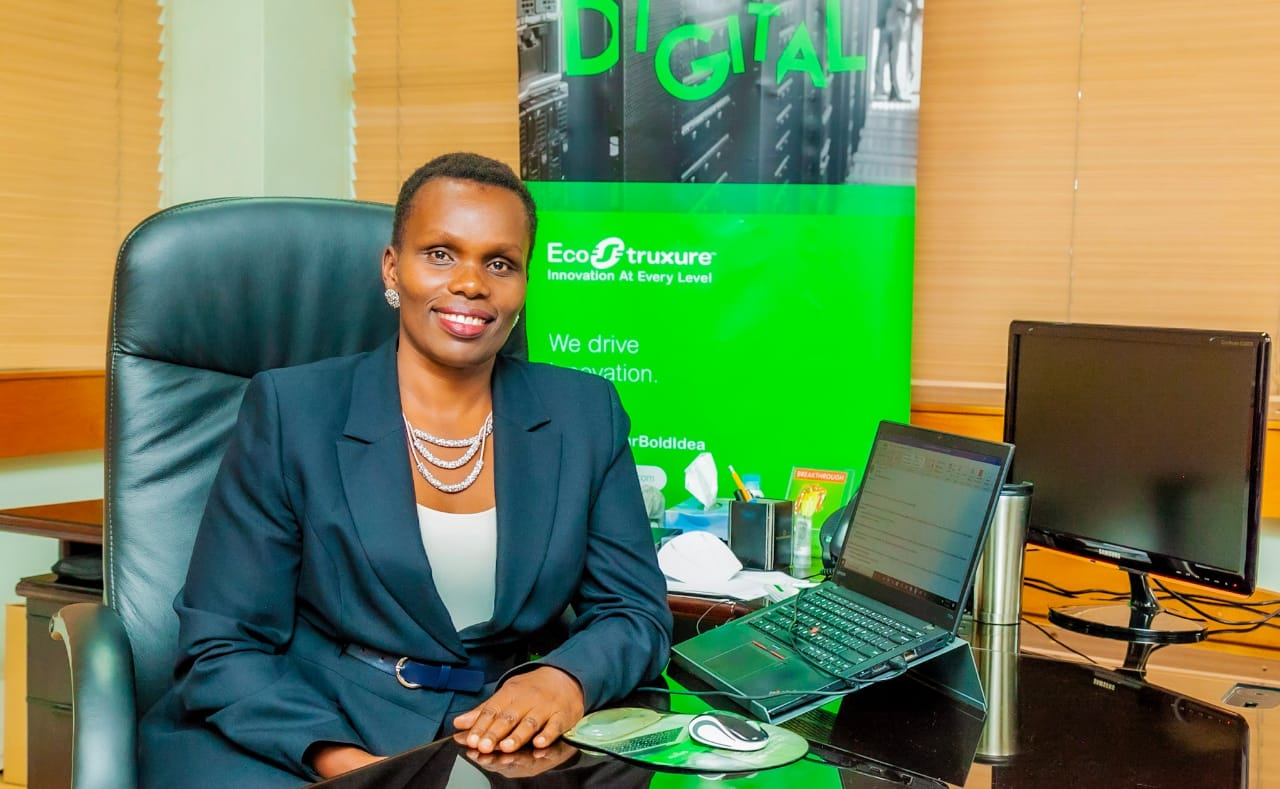By: Carol Koech, Country President, Schneider Electric East Africa.
This weekend we mark World Environment Day. For over forty years, the world has marked this day in an effort to focus minds on what we must all do to reverse the harm we’ve caused to the environment. I’d like to reinforce the message this year.
For too long, we’ve ignored the damage we are causing to the world around us. Just look at the evidence.
Over the last century, humankind has destroyed half of the world’s wetlands. Our seas aren’t faring any better. As much as 50 per cent of our coral reefs have already been lost; that number could increase to up to 90 per cent by 2050.
This impact could be irreparable if we don’t act now. And we have to move quicker. If we’ve learned anything over the past year, it’s that we should not be complacent and hope that someone else will come along to fix our issues.
The people behind this year’s World Environment Day are pushing an ambitious plan to help restore our world’s environment. They’re proposing restoring our ecosystem by kicking off a decade of work to revive billions of hectares, from forests to farmlands, from the top of mountains to the depth of the sea.
The idea behind this is simple. Healthy ecosystems can and do enhance people’s livelihoods, counteract climate change and stop the collapse of biodiversity.
This sounds good in theory. And many people around the world are supportive of the need to do more to preserve and restore our environment. Governments are also playing their part. In many ways, Kenya is leading in this area, with several national policies that are dedicated to preserving the environment. These include the National Climate Change Action Plan, which followed on from the 2016 Climate Change Act. The Act was essentially the first climate change-dedicated legislation in Africa.
And now we must address business. Our efforts to push back against climate change will only succeed when business gets behind these plans with impactful actions. We’ve been working to make our operations more sustainable and environmentally friendly for the past two decades. And I want to share this knowledge, so that others can implement what we have done.
Align Sustainability with your Business & Set Your Targets
Let’s start with the basics. If you want to know what’s the biggest impact you can have on the world around you, you must be aware of the big issues and how you can align with them. All of our work is linked to the seventeen Sustainable Development Goals, the list of goals developed and agreed upon by the United Nations that we need to hit by 2030. We can clearly see what impact we want to make and argue as to why it’s important with all of our stakeholders.
Once you know where you want to make an impact, set up your KPIs and your timelines. Ensure that you’re measuring your progress as you go along. And, if you’re particularly bold, link your salaries and bonuses to sustainability performance.
Call Our Your Targets and Get Your Partners Involved
Once you’ve decided on what you want to do and how you’re going to measure it, announce what you’re going to do. Transparency is fundamental to our sustainability journey. We’ve recently pushed out our new five-year sustainability plan, and every quarter we report on our progress. In addition, we’re getting our partners involved, and we’re helping them explore what they can do to improve the sustainability of their operations through knowledge-sharing and actionable planning.
Build A Green Business Case
The final step we all must take is to build green business models. The push to go green is going to open up massive opportunities. Only two years back, the green economy was worth almost eight trillion dollars, and this sector is growing faster than any other. Any business leader today should be looking at this and thinking what can I do to create green value for my customers. We’ve recognized this a long time back, and that’s why our green products, services and solutions currently make up 70% of our total business. We’ve gone past the point where you need to argue that you don’t need to choose between making a profit and helping the environment. And every business needs to have a plan to develop their sustainability offerings.
Today offers us a glimpse into what we need to do to create positive environmental change. Let’s reimagine what we can do to create a greener world that thrives because of us, rather than in stipe of us. As businesses, let’s take the lead to develop greener models and show that we are part of the answer to our environmental issues. Are you with me?


